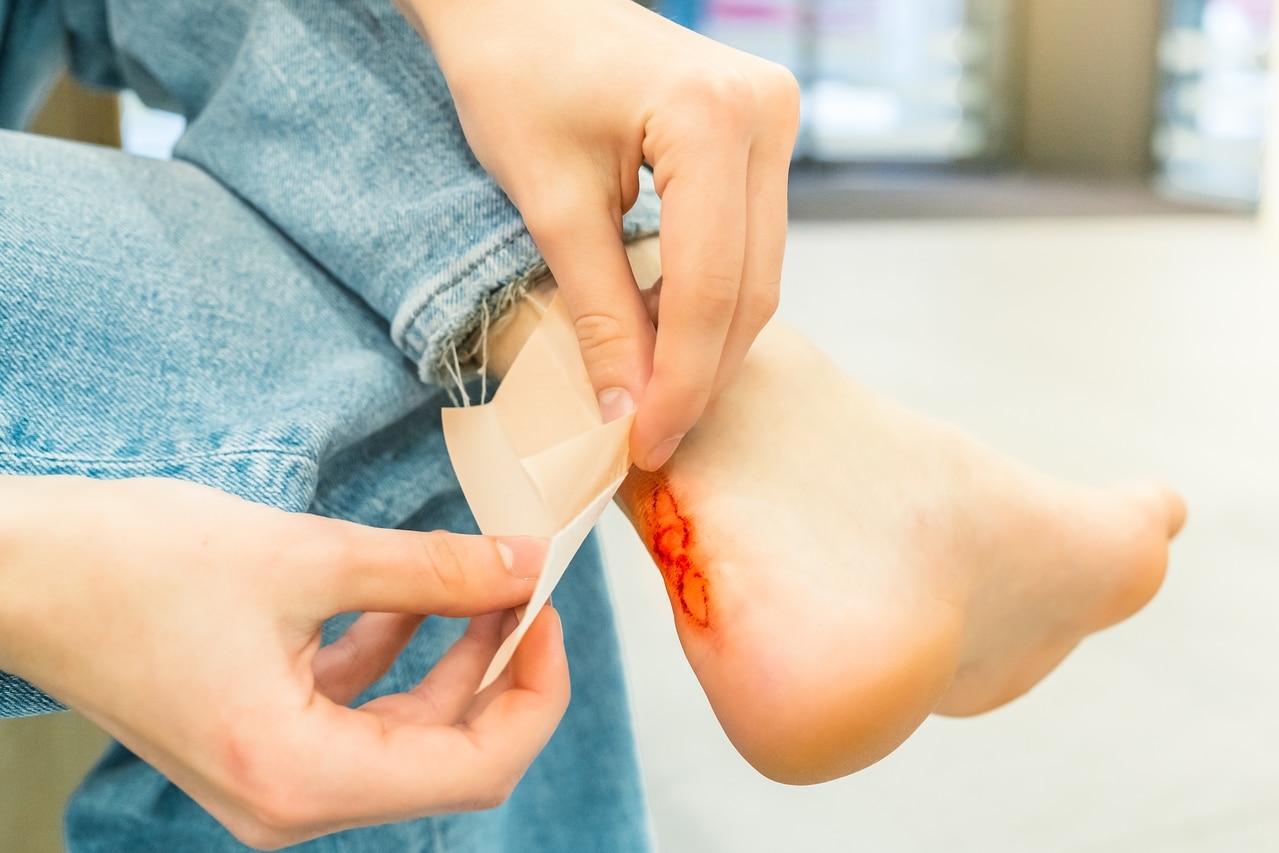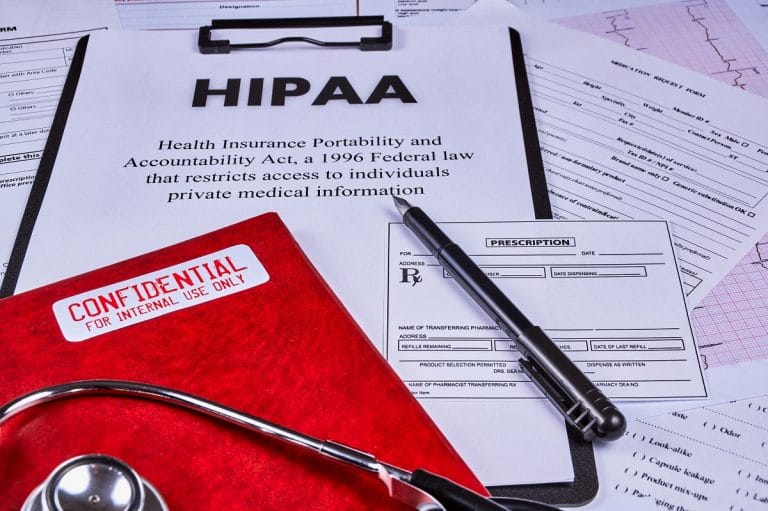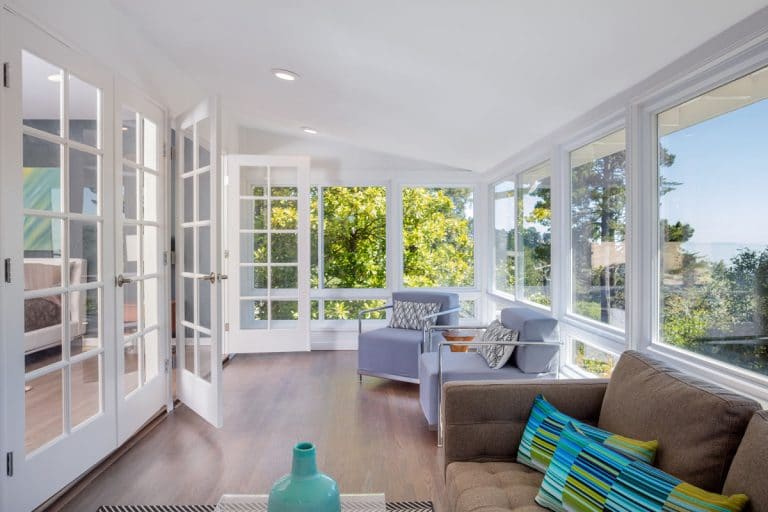A significant number of people are injured every year because of preventable slip and fall accidents. Whether caused by wet floors or an uneven floorboard, these types of accidents can cause serious long term injury or even death. If you or your loved one has been injured because of a slip, trip, or a fall on somebody else’s property, it is important to remember that the property owner can be held liable for expenses related to treating your injuries and other damages.
You will require sufficient evidence to prove negligence on the part of the homeowner. Contact an experienced New Jersey slip and fall lawyer to hold the property owner accountable if one of the following is true:
- The owner knowingly ignored the premise’s hazardous condition and the hazardous condition caused you to slip and fall, thereby becoming injured.
- The owner did not knowingly ignore a hazardous condition, but should have known of the condition or it would have been obvious to a reasonably prudent homeowner upon inspection.
If you want a successful outcome in a slip and fall claim, you must establish the owner’s liability for the unsafe condition.
Regardless of whether you are trying to obtain an insurance settlement or litigating the case, if you want to win you must be able to demonstrate that someone else is responsible for the accident and subsequent injuries.
Some of the fundamental questions that must be answered in a slip and fall case are:
- Who are the potential liable parties?
- Did those parties violate a legal duty?
Opposing parties often try to avoid or reduce liability by showing that the injured party’s own actions brought about his or her injury or that someone else is liable. Pennsylvania is a modified comparative negligence state. This means that a plaintiff’s (the person bringing the complaint) contributory negligence will not bar recovery provided their own negligence is not greater than that of the defendant (the party defending against the plaintiff’s accusation). This means that in states like Pennsylvania, a plaintiff’s percentage of fault must be 50% or less to be entitled to compensation of any amount. A plaintiff’s damages will be reduced in proportion to the amount of negligence they contributed (hence the term “contributory negligence”). The courts will determine the plaintiff’s percentage of fault based on the evidence.
How to Prove Negligence
The elements of negligence in a premises liability case are generally demonstrated by evidence showing:
- That the person owned, occupied, leased or otherwise had lawful control over the property
- That the person who had lawful control over the property failed to exercise reasonable care in maintaining care of the property or removing known or obvious hazards that would be likely to injure others
- That you, as the person bringing the complaint (the plaintiff) was actually harmed (typically in some economic sense – like incurring medical expenses)
- That the defendant’s negligence was a substantial factor in causing the harm.
While trying to assess whether or not the defendant has failed to meet his or her duty of care, there are few things to take into consideration:
- Did the dangerous condition or obstacle exist long enough for a reasonably prudent property owner to have taken remedial action to eliminate its threat of harm?
- Does the property owner have a regular and recurring documented routine of checking for any possible hazards on the property?
- Was there a reasonable justification for the potential hazard? If so, was the justification still valid at the time the accident occurred?
- Was it possible to make the hazardous condition less perilous through preventive measures like relocation, placing appropriate warning signs, or by securing the area in a manner that clearly prohibits access to the location?
- Was the accident caused by poor lighting or less visibility?
- Did the injured person have a lawful reason to be on the property. In general, a property owner does not have a duty to warn a trespasser of dangerous conditions.
Establish Property Owner Liability, Not Your Own
In any slip and fall case, the property owner might argue that the plaintiff is partially responsible for the accident that led to damages. As discussed, Pennsylvania is a modified comparative negligence state. As such, a plaintiff’s entitlement to compensation may be reduced by the percentage of liability that they are found to have contributed to the accident.
There are several factors that determine whether a plaintiff is contributorily negligent in a given case. These include, but are not limited to, the following:
- Was the plaintiff engaged in reckless or wanton activity?
- Did the plaintiff have lawful access to the place where the accident happened? This is a more specific question than whether the plaintiff was a trespasser. For example, you may invite a friend to have dinner in your home, but that does not necessarily authorize them to explore your attic or basement where hazardous conditions might exist.
- Were there sufficient warning signs posted near known hazards?
- Were there other safety precautions ignored, such as locks or verbal warnings, and not adhered to?
For a better understanding of your legal options and to improve your probability of a successful outcome, it is helpful to have a representative who understands the complexities of premise’s liability. For more information, contact a Personal Injury Lawyer.











